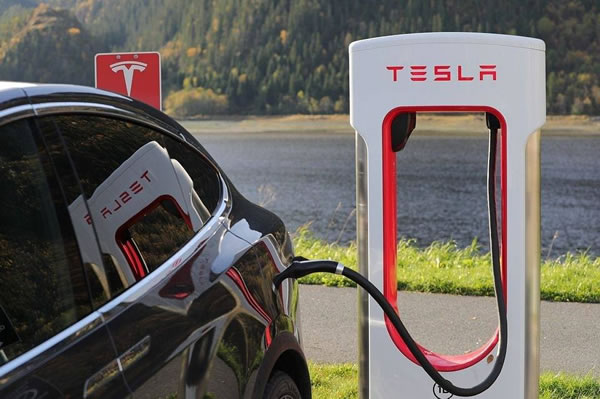24-Hour Emergency Electricians in Fort Worth, TX
Call this Thursday to Get 10% OFF
Need an electrician?
Schedule NowRequest Electrical Service Now
817-585-299324-Hour Emergency Electricians in Fort Worth, TX
Call this Thursday to Get 10% OFF
Need an electrician?
Schedule NowRequest Electrical Service Now
817-585-2993
As the world moves towards a more sustainable future, the popularity of electric vehicles (EVs) is rapidly increasing. These vehicles run on electric motors that are powered by rechargeable batteries, rather than gasoline or diesel engines. However, the process of charging an electric vehicle is different from the traditional process of refueling a gasoline-powered vehicle. Let’s explore how electric vehicles work and the role of electricians and reliable EVSE installers in the installation and maintenance of EV charging stations.
Electric vehicles are powered by rechargeable batteries, typically lithium-ion batteries. These batteries store energy that is used to power an electric motor, which drives the wheels of the vehicle. The batteries are recharged by plugging the vehicle into an electric power source, such as a charging station or a regular household outlet. EV charging stations are becoming increasingly common and can be found in public locations such as parking garages, shopping centers, and rest areas, as well as in private residences.
The process of charging an electric vehicle can take anywhere from a few hours to a full day, depending on the capacity of the battery and the speed of the charging station. Charging an electric vehicle is not as simple as just plugging it into an electrical outlet. Electricians and EVSE installers play an important role in ensuring that charging stations are installed and maintained properly.
EVSE stands for Electric Vehicle Supply Equipment. This is the equipment that connects an electric vehicle to an electrical power source, allowing it to be charged. EVSE can range from a simple cord and plug to a sophisticated charging station that can charge a vehicle in a matter of minutes. EVSE installers are responsible for EVSE charging station installation and maintenance.
The first step in EVSE charging station installation is to determine the electrical requirements of the station. This involves evaluating the available power supply, as well as the electrical capacity of the location where the station will be installed. EVSE installers must also ensure that the station is compatible with the vehicle that will be charged.
Once the electrical requirements have been determined, the next step is to install the charging station. This involves mounting the station on a wall or pedestal and connecting it to the electrical supply. EVSE installers must ensure that the station is properly grounded and that all electrical connections are secure. They must also ensure that the station is installed in a location that is easily accessible to drivers and that complies with local codes and regulations.
In addition to installing and maintaining charging stations, electricians and EVSE installers may also be called upon to perform repairs and upgrades to existing charging infrastructure. This may involve replacing faulty components, upgrading electrical capacity, or installing new charging stations to meet growing demand.
Electric vehicles are becoming an increasingly popular mode of transportation as people look for more sustainable options. Electricians and EVSE installers play a critical role in ensuring that electric vehicles can be charged safely and efficiently. From installing new charging stations to maintaining existing infrastructure, these professionals are essential to the growth of electric vehicles and the development of a sustainable future. For more information on electric vehicles and the installation process, contact Mr. Electric.